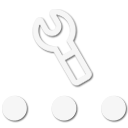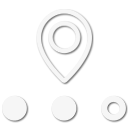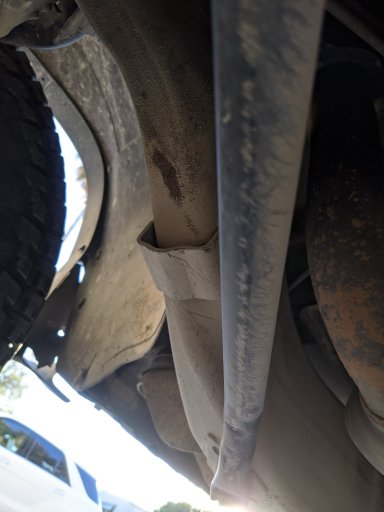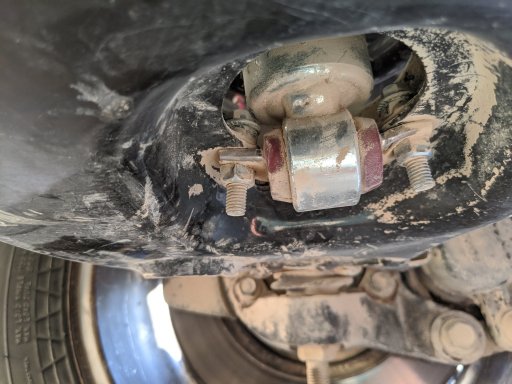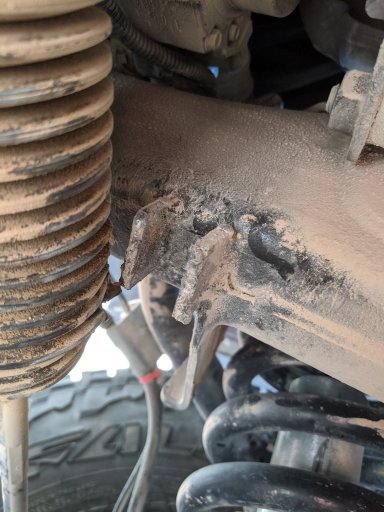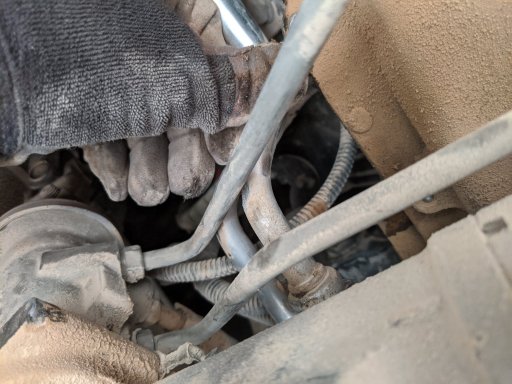
Member III
So, here's a topic I've wanted to bring up here for a while, and its pretty relevant after our latest Death Valley trip where our trucks didn't have any major mechanical issues but another truck in the group had a driveshaft CV joint go south on us.
What are your post overland and off-road trip inspection routines like?
- Do you just take your rig to the shop and hope for the best?
- Do you ignore it for a month until the next trip and wonder why something broke?
- Do you crawl under it after every trip and investigate every single scratch and drop?
Personally, I like to crawl under our rigs and get an idea of what is happening with all the parts and see how stuff is doing. In no order I'll look at:
- The underside of the engine, and cables/harnessess/hoses then the top side of engine and cables/harnesses/hoses. I also like to look for dirt and crap in the radiator.
- Transmission/transfercase then I'll move on to the driveshafts, driveshaft joints/boots/CV's and see how they're doing.
- I'll look for new dings in the skidplates, rocker rails, etc and touch up if needed.
- I'll inspect the shocks/bumps/brake lines/axle housings for anything leaking fluid not anywhere its supposed to be.
- Inspection of the control arms/bushings/track bar/sway bars for wear, anything loose or broken.
My Jeep is my daily driver so I find that being through like this is a good way to not have any weird problems on my commute or any suprisises happen to me while driving the truck normally. My partners truck is in a similar boat, and we're still really getting it fine tuned for seeing lots of off road miles and heavy use/shorter maintenance cycle that comes with that, so we still have some growing pains.
On her truck, post-trip, we found two hard lines rubbing, witness marks from that rubbing, so thats something that has to get fixed.
We also broke a limit strap mount on the frame so I'll be grinding out some of my old welds and re-welding it back on. We have to drop the steering rack and some other junk to do this, but its needed to do it the right way.
We also bent a lower shock bar-pin in the front, from compression it looks like. i'm not sure how this happened because the bump stops are dialed in to be at full compression before the shock tops out, but who knows if it just faguited and bent from 300 miles in Death Valley. But because of this, Bump stops are something we'll be looking at a bit more closely.
The biggest thing I've found over the years of off-roading and exploring is taking immaculate care of your truck mechanically is a very important aspect of traveling safely in remote parts of the world and getting out in one piece.
What are your post overland and off-road trip inspection routines like?
- Do you just take your rig to the shop and hope for the best?
- Do you ignore it for a month until the next trip and wonder why something broke?
- Do you crawl under it after every trip and investigate every single scratch and drop?
Personally, I like to crawl under our rigs and get an idea of what is happening with all the parts and see how stuff is doing. In no order I'll look at:
- The underside of the engine, and cables/harnessess/hoses then the top side of engine and cables/harnesses/hoses. I also like to look for dirt and crap in the radiator.
- Transmission/transfercase then I'll move on to the driveshafts, driveshaft joints/boots/CV's and see how they're doing.
- I'll look for new dings in the skidplates, rocker rails, etc and touch up if needed.
- I'll inspect the shocks/bumps/brake lines/axle housings for anything leaking fluid not anywhere its supposed to be.
- Inspection of the control arms/bushings/track bar/sway bars for wear, anything loose or broken.
My Jeep is my daily driver so I find that being through like this is a good way to not have any weird problems on my commute or any suprisises happen to me while driving the truck normally. My partners truck is in a similar boat, and we're still really getting it fine tuned for seeing lots of off road miles and heavy use/shorter maintenance cycle that comes with that, so we still have some growing pains.
On her truck, post-trip, we found two hard lines rubbing, witness marks from that rubbing, so thats something that has to get fixed.
We also broke a limit strap mount on the frame so I'll be grinding out some of my old welds and re-welding it back on. We have to drop the steering rack and some other junk to do this, but its needed to do it the right way.
We also bent a lower shock bar-pin in the front, from compression it looks like. i'm not sure how this happened because the bump stops are dialed in to be at full compression before the shock tops out, but who knows if it just faguited and bent from 300 miles in Death Valley. But because of this, Bump stops are something we'll be looking at a bit more closely.
The biggest thing I've found over the years of off-roading and exploring is taking immaculate care of your truck mechanically is a very important aspect of traveling safely in remote parts of the world and getting out in one piece.


